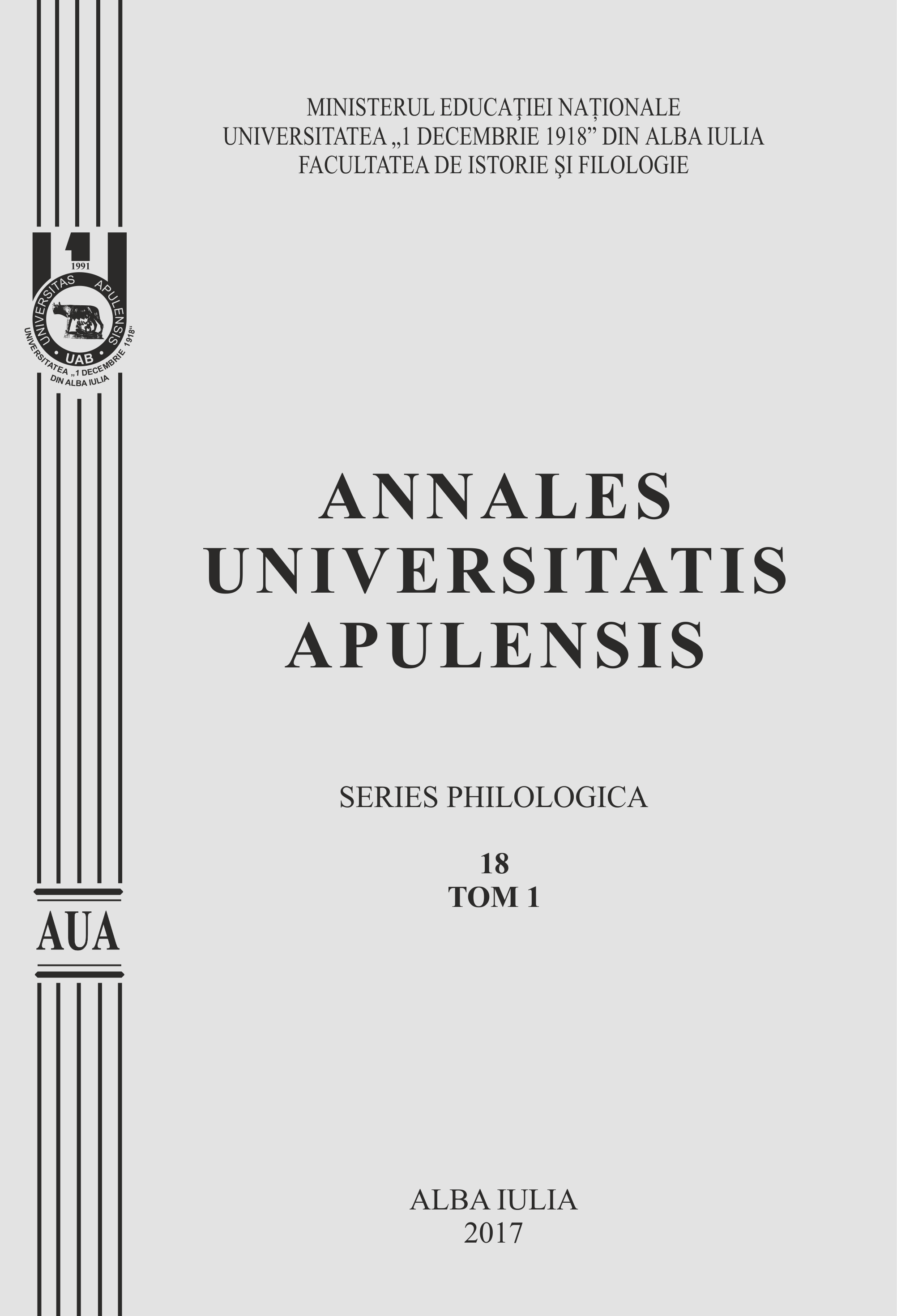HIGH-END DECADENTS AND POÈTESMAUDITS, A REPRESENTATION OF CENTRAL AND PERIPHERAL IDENTITIES IN MODERNIST LITERATURE (I)
HIGH-END DECADENTS AND POÈTESMAUDITS, A REPRESENTATION OF CENTRAL AND PERIPHERAL IDENTITIES IN MODERNIST LITERATURE (I)
Author(s): Petru Ștefan IonescuSubject(s): Language and Literature Studies
Published by: Universitatea »1 Decembrie 1918« Alba Iulia
Keywords: Modernism; literature; centre; periphery; identity
Summary/Abstract: Cultural heartland or periphery? A discussion and debate about a distinction that probably must have entered the minds and preoccupations of artists and theoreticians of art along with the division of culture into two separate classes of high culture and low culture in the age of modernity. The idea of centre and periphery is nevertheless more a product of postmodernism, when, on the contrary, the distinction between the two types of culture begins to blur. The type of cultural manifestations that have been defined as low or mass culture, entered the social stage as periphery, as a low, mimetic and mechanical, repetitive form of culture and has gradually made its way up to the core – the “commercial popular stage” of today used for the representation of the popular taste. The aim of this study is to investigate when and how this overthrowoccurred? Early manifestations of mass culture as a new dominant force were more or less contemporary to the birth of modernism, and the two phenomena are interrelated in an intricate liaison of reciprocal dependency, modernism being also a reaction to the rise of mass culture, a strive for differentiation through a superior and highly refined form of cultural expression as opposed to the lower mimetic form of art represented by popular taste. Therefore, it is the emergence and prevalence of mass culture in modernism that led to the need for differentiation, demanding and creating this way the refined and exclusivist work of art, accessible only for the initiated few. But this voluntary distancing from the others was bearing hidden dangers inside. The rejection functioned both ways; not only the exclusivist writers and artists declined popular taste and culture, but, in return, popular taste rejected them as well. Other forms of literature, art and entertainment flourished. Many other, nowforgotten writings were the best sellers of the time, not, for instance T. S. Eliot’s modernist masterpiece The Wasteland. And still, for posterity, it is Eliot that is remembered and cheirshed, while most of the bestsellers of his time have been long forgotten.
Journal: Annales Universitatis Apulensis. Series Philologica
- Issue Year: 18/2017
- Issue No: 1
- Page Range: 337-344
- Page Count: 8
- Language: English

